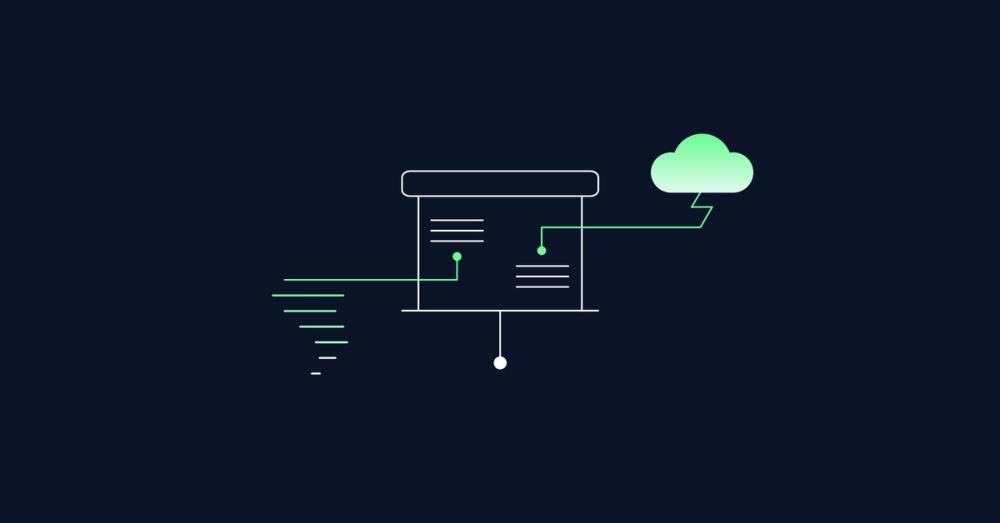7 UX Research Methods That Drive Smarter Product Decisions

Let’s face it research can sound kinda intimidating. Understanding user behavior isn’t guesswork it’s a measurable, strategic advantage. It helps you go from “I think this will work” to “I know this works.” The most successful companies integrate both qualitative and quantitative research throughout their product lifecycle to de-risk decisions and align teams.
Whether you’re a designer, founder, or just really into building better stuff—here are 7 research methods that are easy to start and wildly insightful.
1. Surveys Link to this headline
Type: Quantitative
Surveys offer high-volume, scalable insight. They’re ideal for validating assumptions, benchmarking satisfaction (e.g., NPS), or identifying broad trends across your user base.
🧠 Business Value: Quickly quantify sentiment across thousands of users to prioritize development resources with confidence.
📈 Example: Dropbox used targeted surveys to assess friction in onboarding, leading to a 10% increase in activation rates.
📌 When to Use: When you need large-sample data for trend analysis or decision validation.
Tool: Typeform
2. Interviews Link to this headline
Type: Qualitative
In-depth interviews uncover user motivations, emotional responses, and pain points insights often invisible in metrics alone.
🧠 Business Value: Generates nuanced understanding that informs customer journey mapping, feature prioritization, and brand messaging.
📈 Example: Airbnb conducted interviews that revealed trust barriers in booking, leading to the creation of their Superhost program.
📌 When to Use: To understand the “why” behind behaviors and validate product-market fit.
Pro Tip: Use open-ended questions and pair with usability testing for richer insights.
3. Usability Testing Link to this headline
Type: Mixed (Qualitative + Quantitative)
This is a reality check on your product's usability. Observing real users interact with your prototype reveals friction points before they become costly support tickets.
🧠 Business Value: Prevents usability-related churn and enhances conversion funnel performance.
📈 Example: IBM found that fixing a usability issue during design cost $1, versus $100 post-launch.
📌 When to Use: Before launching new features or redesigns.
How: 30-minute sessions via screen sharing with 5–7 users can surface ~85% of major issues.
4. Card Sorting Link to this headline
Type: Quantitative
This method helps organize site/app content by asking users to categorize topics or features. It informs information architecture and menu structure.
🧠 Business Value: Enhances navigation, reduces bounce rates, and improves task completion.
📈 Example: GOV.UK used card sorting to streamline their services portal, leading to measurable efficiency gains.
📌 When to Use: During early UX design or IA restructuring.
Tool: UXtweak
5. Ethnographic Research Link to this headline
Type: Qualitative
This deep-dive method involves observing users in their real environments, yielding rich context beyond the digital interface.
🧠 Business Value: Ideal for service design and omnichannel optimization.
📈 Example: Procter & Gamble used ethnography to redesign packaging after observing how real consumers stored products at home.
📌 When to Use: To uncover contextual drivers, workarounds, and latent needs.
6. Heatmaps Link to this headline
Type: Quantitative
Heatmaps show click, scroll, and movement patterns. They make user attention (or lack thereof) instantly visible.
🧠 Business Value: Prioritize UI/UX improvements that directly impact conversion or engagement.
📈 Example: Skyscanner used heatmaps to reconfigure homepage layout, boosting CTRs by 12%.
📌 When to Use: To evaluate live pages or test high-traffic prototypes.
Tool: Hotjar
Bonus: Guerrilla Testing Link to this headline
Type: Lean, Qualitative
Guerrilla testing is a fast, informal way to validate assumptions by observing real users interact with your product in everyday settings—coffee shops, coworking spaces, or even inside your own office.
Use Case: Need quick feedback on a prototype before an investor pitch or launch? Guerrilla testing gives you fast, unfiltered insights with real-world users.
- When to Use: Early prototyping stages, pre-launch validation, or when timelines and budgets are tight.
- Benefits: Low cost, minimal setup, fast insights.
- Example: Dropbox famously tested its MVP by showing a simple video to users and collecting feedback before writing a single line of code saving months of effort.
- Pro Tip: Test with 5–6 people for strong directional feedback. Even informal sessions reveal glaring UX issues that may otherwise go unnoticed.
“You don’t need a lab to learn something valuable, you just need a user and a willingness to observe.” – UX Mastery
Leveraging the right method at the right time means fewer costly redesigns and more confident decisions. In high-stakes product development, clarity is currency. UX research isn’t an optional step—it’s a strategic investment that reduces risk, accelerates time-to-market, and drives user loyalty.
Whether it’s quantitative validation through surveys and heatmaps or deep behavioral insight from usability tests and ethnographic research, the right method helps you make smarter decisions with less waste.
And you don’t need a massive team to get started. You need intention, the right tools, and a commitment to building with not just for your users.
In a market where most products fail due to misalignment with user needs, those who listen, win.
Start small. Start now. But most importantly, start informed.



